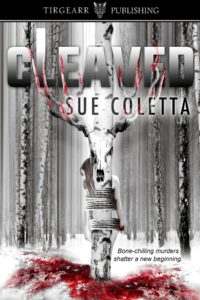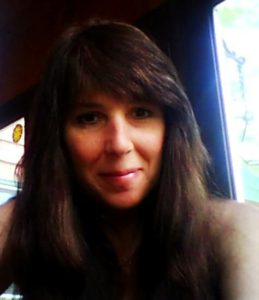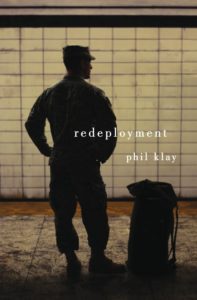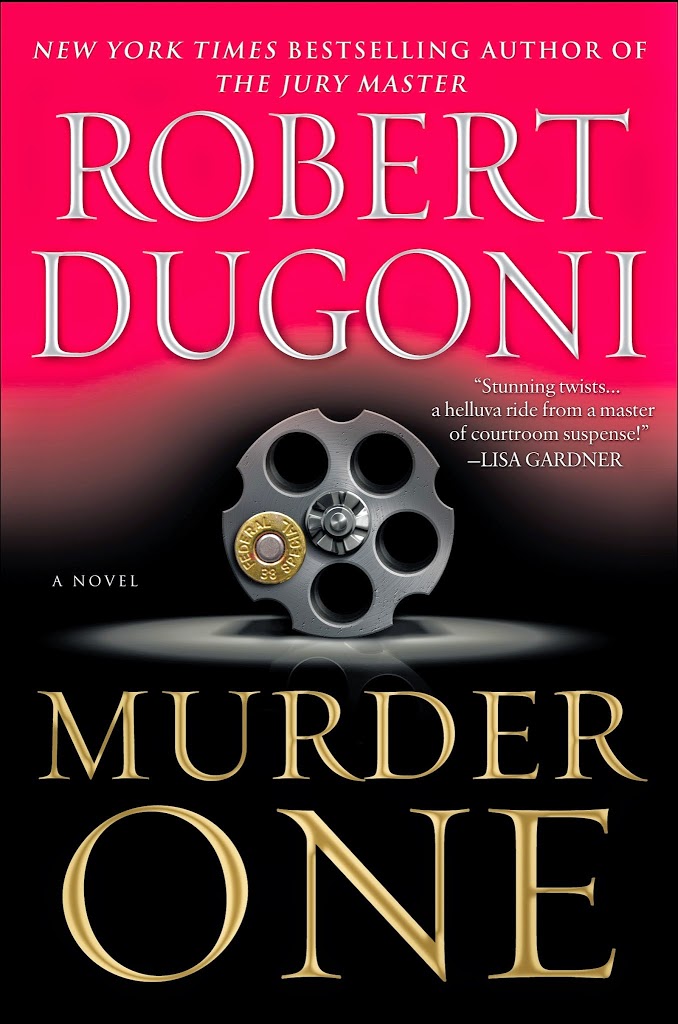By Sue Coletta
 Crime writers do their research in various places. Many of us have experts we can call on, but I hate to bother friends unless I can’t find the answer elsewhere. A great place to look is Quora. Numerous LEOs volunteer their time to answer questions. If you’re unfamiliar with Quora, you can follow topic feeds, like Police and Law Enforcement, and scan the Q&As. If you can’t find what you’re looking for, ask a new question.
Crime writers do their research in various places. Many of us have experts we can call on, but I hate to bother friends unless I can’t find the answer elsewhere. A great place to look is Quora. Numerous LEOs volunteer their time to answer questions. If you’re unfamiliar with Quora, you can follow topic feeds, like Police and Law Enforcement, and scan the Q&As. If you can’t find what you’re looking for, ask a new question.
Because I write about serial killers I also follow Psychopathy and Psychopaths. Some of the information is valid, other times alleged “real” psychopaths write in. Although it’s not unheard of for psychopaths to brag, Quora allows anonymity. Any time the poster doesn’t need to reveal their true identity, the information becomes unreliable.
Even if the poster has a valid profile, still double check the information. I recommend confirming with least two or three reliable sources for any internet information you intend to use in a book. Two of my favorite sites are Psychology Today and Explore Forensics, depending on what I’m looking for. I also need to give a quick shout-out to my dear friend Garry Rodgers, RCMP (Ret.), weapons expert and forensic coroner, who blogs at Dying Words. Quora also has its place in the pecking order.
In the Q&A below, I did not edit the answers for two reasons:
1. It’s not my writing; full credit goes to the poster;
2. The voice, including grammar and/or spelling errors, helps with the overall mental image of the officer who’s answering. After all, that’s one of the best parts of eavesdropping.
How many of you have listened in on a conversation while shopping or out to eat? You may not be able to see the person, but their language paints an image in your mind. As you read the following stories, I want you to imagine the officer who’s speaking. There’ll be a fun exercise at the end of this post.
Please note: the s-word is used a few times. Cussing and cops go together like peanut butter cookies and milk. You’ve been warned. 🙂
As a cop, what are the weirdest things you ever experienced?
Scott Conroy, 17 year veteran of law enforcement, answers:
Years ago some construction workers found some human bones in a a concrete patio that they were tearing up in the Venice Beach Area. In looking into the concrete we noticed that there were cavities in the concrete that were made by the now decomposed body. We summoned the Scientific Investigation Unit (LAPD’s version of “CSI”) and we came up with an idea to inject latex rubber into the cavities to get the body contours. Lo and behold we pulled out a latex rubber hand impression of the person to whom the bones belonged.
The detail of the latex replica was amazing. We could see defensive knife wounds and more importantly we saw fingerprints on the latex. We printed the “fingers” of the latex cast and discovered they belonged to a teacher who had disappeared around the time the concrete patio was poured. The ensuing homicide investigation revealed that the primary suspect in this homicide was a nephew who had worked in construction and on that particular patio job.
Epilogue: The suspect, however, had suffered an industrial accident a few years before the discovery of the bones in the concrete and was existing in a vegetative state. In the interest of justice, he was not charged or put on trial for that crime.
What is the scariest experience you’ve ever had as a police officer?
Jim Lee, Former Military Police officer (8 years) answers:
I was running a solo unit one unseasonably cold (for San Diego) November night over 20 years ago when dispatch sends me to an on-base bowling alley; apparently, security personnel were dealing with a D&D (Drunk/Disorderly) individual running around the parking lot half-dressed and beating on cars. I arrive on scene 5 minutes later and see the contact, and something wasn’t right about the situation. As I attempted to make contact with the individual I already didn’t like what I was seeing: no shirt in 40 degree weather but still sweating like a pig; dilated pupils; blank thousand-yard stare and wandering aimlessly. I’d seen these symptoms before, and they had jack sh!t to do with alcohol from what I’d remembered.
As I unsuccessfully attempted to speak to this guy he starts toward me in a threatening manner; I decided to deploy my collapsible baton and warn him off, but he wasn’t listening. That’s when I realized what I was looking at: My new “friend” was on PCP (aka “Angel Dust”).
Officers who have experience dealing with contacts on PCP are familiar with the dangerous situation I found myself in. But for those who don’t know: PCP prevents the actions normally caused when a neurotransmitter, called glutamate, attaches to its receptor in the brain.
It also disrupts the actions of other neurotransmitters. PCP distorts sights, sound and other senses. The user may experience “out of body” sensations that are related to the dissociative effects, feel like they are “floating” with strange impressions of space and time, or imagine things that aren’t real. Some abusers experience euphoria and invulnerability while others experience drowsiness and calming sensations.
PCP is dose-dependent and the effects on the brain intensify with greater doses depending on the methods of consumption and certain biological or psychological factors of the abuser with effects, generally, last from 4 – 6 hours. While the intoxication effects on the brain may be short-lived, the disruptions in neuronal activities can cause the person to feel unpleasant symptoms of depression, anxiety, mood swings, and general dysphoria when the intoxication effects subside.
I threw the baton to the security personnel; I knew, thanks to the effects of PCP, that I could beat the brakes off this guy all night long and he wouldn’t feel a damned thing, so the baton was absolutely pointless. I requested a cover unit to the scene; it usually takes several officers to subdue someone who is on this stuff, and I couldn’t trust the barely-trained security personnel, so I knew I’d have to keep the suspect at bay for a few minutes until “real” help arrived.
This is when things went sideways.
The suspect immediately went for my 9mm Beretta sidearm. I knew I had to keep him from getting to my service weapon at all costs, even if it meant taking an ass-kicking; a bloody nose or broken jaw would pale in comparison to what would happen if he were to somehow get hold of my pistol. Fortunately there were two things going in my favor:
- Our department issued retention holsters as standard equipment. Retention holsters serve the same purpose as regular holsters with one exception: instead of simply lifting the gun on of the holster one has to use a sort of “twisting” motion to be able to get to the weapon, otherwise it won’t budge. Thankfully, I’m pretty sure he didn’t know that.
- This guy was about 140 pounds soaking wet; this meant he gave up about 80 pounds to me (I was about 220–225 back then).
With a simple “bear hug” I was able to slam this guy on the pavement, as I was hoping to knock the wind out of him for a second. That was the easy part.
But now the fun was about to start.
Remember what I said about PCP’s effect of the human body’s nervous system? I finally got to see this effect first-hand; no amount of punching, arm bar holds or pressure point manipulation was going to stop this freak. It took all I had just to wrestle this guy and hold on for dear life (namely, mine). Despite the fact that I outweighed him by such a large amount I could barely hold this guy down, and he was determined to get his hands on my weapon. I’m not sure how long it took the cover unit to finally show up; it was probably about another 5 minutes but it felt like an hour.
Fortunately the officers in the other unit (they were riding a partner unit, thankfully) immediately recognized the situation I faced and helped me hold the drug-crazed nutjob down while security personnel contacted a paramedic unit under our orders. Upon the paramedic’s arrival it took no less than five of us to apply restraints to the suspect, “hogtie” him and prepare him for transport to the medical facility for treatment and evaluation. A subsequent search revealed that he was also armed with a 4-inch blade; I wondered why he didn’t use it but was relieved that he must have forgotten about it (otherwise this story would have been about a police shooting).
After I was also examined by the paramedics (and found to be still intact) my watch commander ordered me back to the station to take a rest and start my report. Good thing, too, because that was probably the longest 10 to 15 minutes of my life at that point; I was worn out, and someone just tried to kill me.
Yeah, fun times.
Benjamin Bender, Retired Police Detective St Louis Metropolitan Police, answers:
For me its almost getting thrown off a 6 story bridge that was over a freeway while fighting a guy who outweighed me by 100 lb or watching a Woman burn alive 3 feet from me that I would have saved if I had arrived literally 10 seconds earlier.
Bridge incident story starts as all my stories do. One day while on “routine” patrol (again on a day my permanent partner had a Kelly Day…which was a common thing for me to get the call of the century while he was off….drove him nuts).
I got a call for a “vehicle accident” on the Freeway, I-55 near the North Bound exit onto the Poplar Street bridge. Traffic often backed up on that on ramp and rear end collisions were common. I was in an area not my normal one because my partner Blake was off I got stuck in a sector car that a guy was off and would be deadheaded. When I got the call it was crucial that I take one particular hidden on ramp to arrive at the location the quickest. I unwisely chose to go to one that was 2 blocks further (because the other was hard to find off an alley hardly marked and it was dark).
When I pulled up 3 cars had been in an accident. A drunk in the rear slammed into a guy who slammed into a 3rd car in front. The furthest car in front had a Mother in Law in it. The Son in law was the middle car. Drunk as I said..in the rear ramming and causing it.
Well as I pull up the Mother in laws car erupts in flame from gas leaking out of the tank by the back bumper. She is trapped in the car but nobody had got her out by breaking the window. Nobody noticed the leaking fuel. By the time I run to her the flame is fully over and in the back seat of the car. I break the window and cut her seat belt …go to pull her 100 LB body out like a kid but just before I can the flame billows over and engulfs both of us…the entire car bumper to bumper. I drop away and lose most of my exposed hair and a shirt. She burned alive in front of us..and the Son in law. I then had to take him to the station and sit there while he called his wife and told her he just rear ended her Mother and she died.
If that was my beat or I knew that exit better she would have lived. 100%
Second was a Home Invasion robber wanted for many crimes was leading Cops from 6 or more jurisdictions on a high speed chase through the City and County. I was listening in on the radio and correctly guessed he would go for the bridge over the Mississippi to get to Illinois. The chase went on for over an hour and I correctly deduced he was circling the rabbit hole to get home to Illinois and couldn’t find the bridge on ramp.
I went to the easiest one for him to get to based on his location north of the city. I then cause a traffic jam on the 1 lane on ramp by ordering 1 car to stop on the ramp and not move until I said ok. 10 Min of round about chase later…sure enough…here he comes. Goes on the side of cars as much as he can till its blocked..gets out on foot and starts running up the ramp to the bridge on foot with me 10 feet behind..letting him run a bit and get tired before we fight.
So…he gets higher up and apparently then did get tired and want to fight. When it didn’t go well for him he tried to jump off the side of the bridge (he didn’t realize that the earth rise fell away to a long drop the higher you went up…he thought ground was about 10 feet down or something). I instinctively grab his forearm as he went and I held a second. Then I felt his weight pulling me over. I knew I was going over now…I saw the terror in his eyes as he realized he had screwed up and was about to get very hurt and or dead. I then made the split second decision to let go. I saw his eyes go wide as saucers as I said…”bye”…and let go. He fell 60 feet and shattered both legs and his pelvis and lived. Almost got ran over too. That scared the shit out of me. He came sooo close to pulling me over head first…not feet first like he fell.
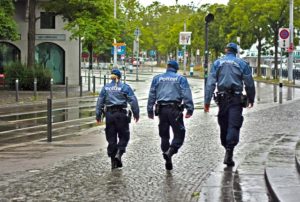
Love the dark humor, love the voices. I hope you enjoyed them as well. Ready for a fun exercise? Take one of these fascinating stories and describe the officer who told the tale. No clicking the name to peek at their profile picture!



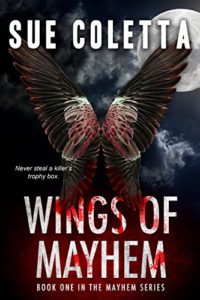

 Crime writers do their research in various places. Many of us have experts we can call on, but I hate to bother friends unless I can’t find the answer elsewhere. A great place to look is Quora. Numerous LEOs volunteer their time to answer questions. If you’re unfamiliar with Quora, you can follow topic feeds, like
Crime writers do their research in various places. Many of us have experts we can call on, but I hate to bother friends unless I can’t find the answer elsewhere. A great place to look is Quora. Numerous LEOs volunteer their time to answer questions. If you’re unfamiliar with Quora, you can follow topic feeds, like 

